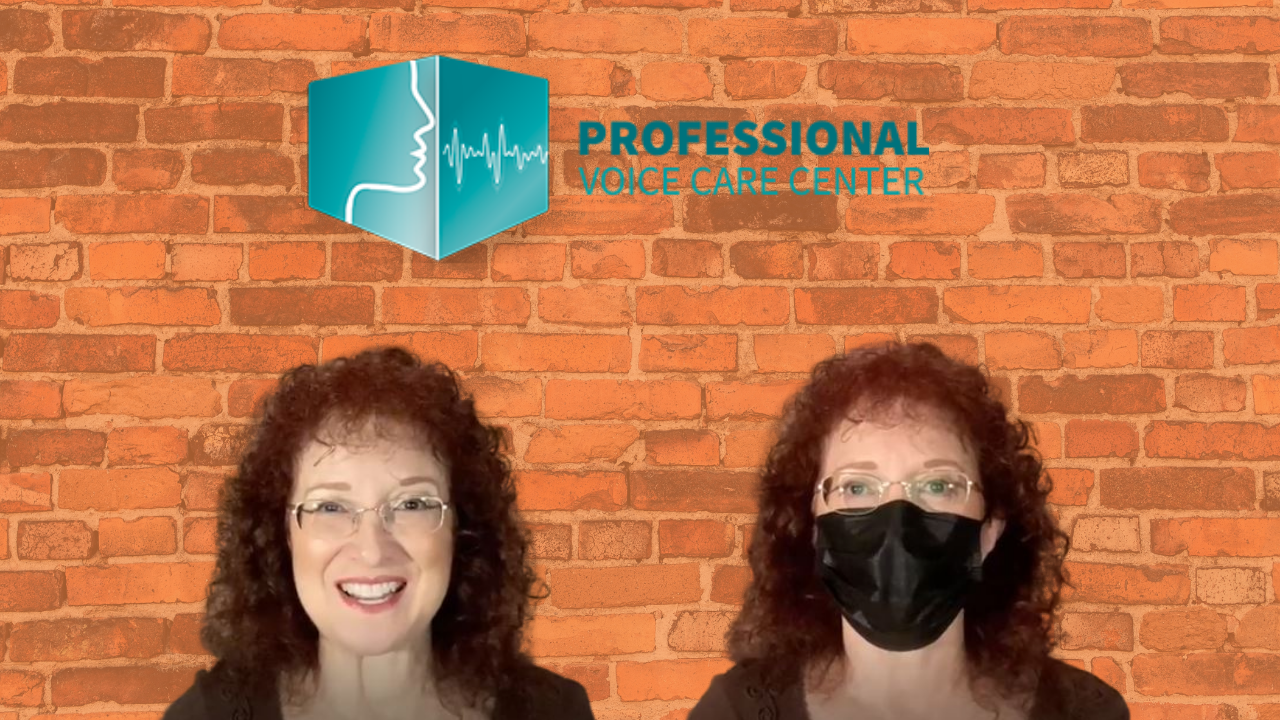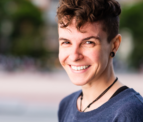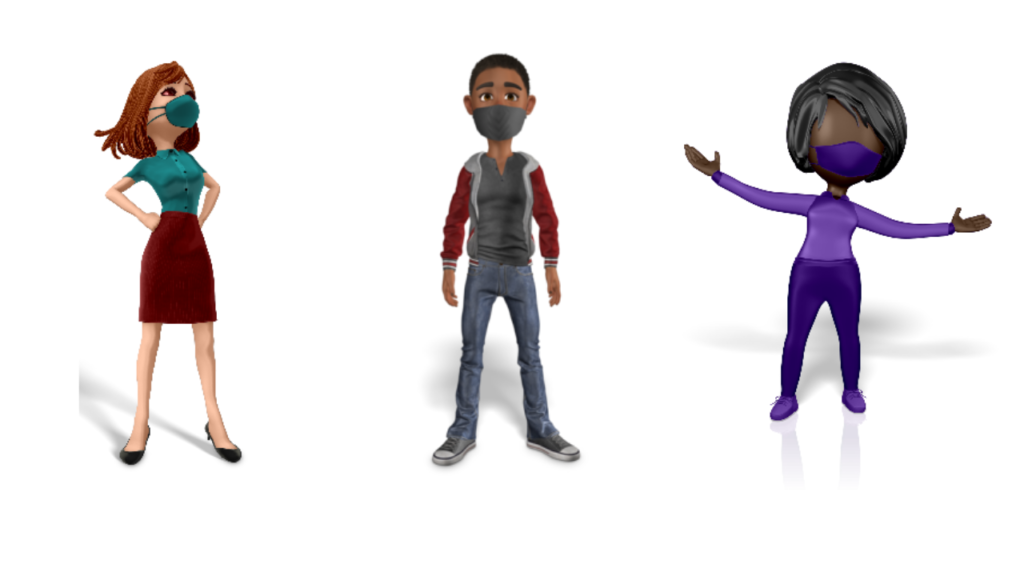
Remember when the only people you ever saw wearing a face mask were your doctors and maybe your dentist? Not anymore. Now it’s everyone (or it SHOULD be everyone!). Cloth masks, medical masks, N95’s, face gaiters, bandanas, face shields…you name it, someone is wearing it. And with good reason: the Covid-19 pandemic has fundamentally changed the way we live and work. Masks have been shown to be highly effective at preventing the spread of the novel coronavirus. Unfortunately, they’re also effective at interfering with communication. Many of my clients have been calling to say they’re getting hoarse and vocally exhausted, not to mention out of breath, trying to talk wearing a mask. According to a post on the ASHA website (American Speech-Language-Hearing Association, of which I am a proud member for almost 40 years: https://www.asha.org/Practice/Using-Masks-for-In-Person-Service-Delivery-During-COVID-19-What-to-Consider/), mask-wearing affects communication in numerous ways:
- Increased difficulty in understanding speech: Masks attenuate sound by 3–12 dB (a measure of loudness) and also result in the filtering of high-frequency sounds, making it more difficult to understand speech and some higher-pitched voices (Goldin et al., 2020). This can be especially hard for people with hearing loss.
- Reduced discrimination of speech signal among competing noise: For example, reduced discrimination may occur in the presence of traffic or noisy yard work like lawn mowing.
- Reduced intelligibility of the wearer’s speech: Listeners may perceive speech as muffled or lower in volume.
- Loss of visual cues: Masks remove the ability to speech read and see facial expressions, which augment communication.
ASHA’s website (https://www.asha.org/public/communicating-effectively-while-wearing-masks-and-physical-distancing/) goes on to say 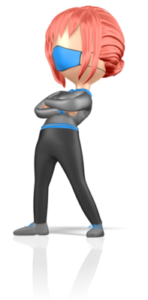 that physical distancing (i.e., everyone standing at least 6 feet apart to avoid coughed or sneezed droplets) can also interfere with communication:
that physical distancing (i.e., everyone standing at least 6 feet apart to avoid coughed or sneezed droplets) can also interfere with communication:
- Speech can sound quieter because sound levels go down with distance.
- Focusing your attention on speech can be harder at a distance with other sounds in the environment, like birds chirping or a blaring car radio.
- We can’t lean in or get closer, or use other similar strategies, to help fix a communication breakdown.
- It’s more difficult to see visual cues, such as facial expression and speakers’ lips, at a distance.
A typical response to all of the above would be to try to shout through the mask, resulting in vocal strain, fatigue, even hoarseness or pain. So communication may be challenging, but it’s fundamental to how we can reach out to others during this difficult time. So how can we make communicating through a mask more effective, without straining our voices?
First, the things you can do that are NOT vocal:
- Make sure your listener is actually listening and paying attention to you first. You should be facing each other without anything blocking your view.
- Minimize distractions (e.g., everyone needs to put down the cell phones, stop watching movies and playing video games, and stop having side conversations with others during the conversation).
- Turn off the noise: running water, noisy fan, vacuum, TV, music, etc.
- Use body language, hand motions and gestures, eyes…whatever you can to augment what you’re saying with non-verbal cues.
But let’s face it: you can’t always manipulate the environment to create perfect conditions for communication under normal circumstances, let alone while everyone is wearing masks. So let’s learn a few quick tips for optimizing your speaking while wearing a mask.
- SLOW DOWN! – Don’t speak at the usual breakneck speed. (This is especially true for us New Yorkers!). If you normally speak at 65 miles per hour, at least try slowing down to 40-45 mph. (A 25 mph school zone speed is not necessary and won’t sound natural).
- Pause while you’re speaking and breathe frequently. Pausing is like putting mental commas and periods into your speech, where the thoughts end. Those pauses are so important to enable your listener to process what you just said, and to allow you to plan
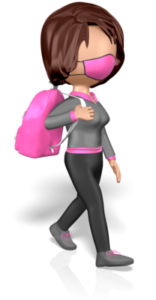 what you’re going to say next. And since breathing through a mask is difficult, especially a cloth mask (paper masks are a bit easier), the pausing will allow you to take frequent, more relaxed breaths. If you try to breathe quickly, it just feels like you’re sucking that mask right into your mouth or nose!
what you’re going to say next. And since breathing through a mask is difficult, especially a cloth mask (paper masks are a bit easier), the pausing will allow you to take frequent, more relaxed breaths. If you try to breathe quickly, it just feels like you’re sucking that mask right into your mouth or nose! - Speak with intent, articulating your words clearly. I don’t mean you should exaggerate your normal speech patterns. I just mean make sure you’re using careful pronunciation, finishing your words, and not slurring all your words together in a sloppy way.
- Place your voice in the front of your face, between your lips and your nose (ironically called “the mask” in speech and singing!). This can be done using the affirmative expression “um-hmm” or just humming up and down slides or scales. When you feel that pleasant tickly buzz around your lips and/or nose, your voice is in the mask. (See our blog and video on using “um-hmm” as a GPS for locating your best voice https://provoicecare.net/vocal-problems-you-need-a-gps-for-your-voice/, for an explanation and demonstration of this fun technique).
- Finally, if people are still having trouble hearing you, we have a secret weapon called twang. No, not the kind of twang you’ve heard in country music. This is a voice technique that changes the way your larynx (“voice box”) works, resulting in a metallic or piercing ring-like sound in the voice. That ring or twang is what makes the voice carry and cut through noise and distance…and masks! It’s like a super-charger for voices, creating a more efficient vocal mechanism with less muscular effort and without the strain. For twang, think of the voice of Fran Drescher, the Nanny, without the New York accent! And before you think, hey, I don’t want to sound too nasal, twang can be used without excessive nasality, and to a greater or lesser degree, depending on the noise level or the distance to your listener. Here’s a quick video demonstration of how to achieve more twang in your voice:
For the foreseeable future, masks are a fact of daily life. So now you can work smarter, not harder, to communicate well and avoid vocal strain. Stay healthy and sound great!
Bonus Resources:
Here are some unique masks that may be helpful for teachers and singers:
https://www.goodhousekeeping.com/health/g33471599/best-clear-face-masks/ Here is a review of 5 of the best clear-window face masks, excellent for teachers, or those who must communicate with deaf or hard-of-hearing individuals. 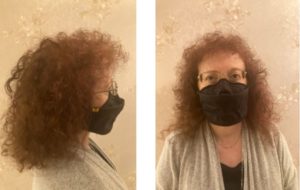
https://www.mymusicfolders.com/product/resonance-singers-mask-with-disposable-biofilters/
Here is a singer’s mask made to protrude from the front of the face, while still offering full coverage and safety. It enables you to sing, speak, and breathe more easily than a traditional facemask.
https://www.broadwayreliefproject.com/singersmask Here’s another version of a singer’s mask.



